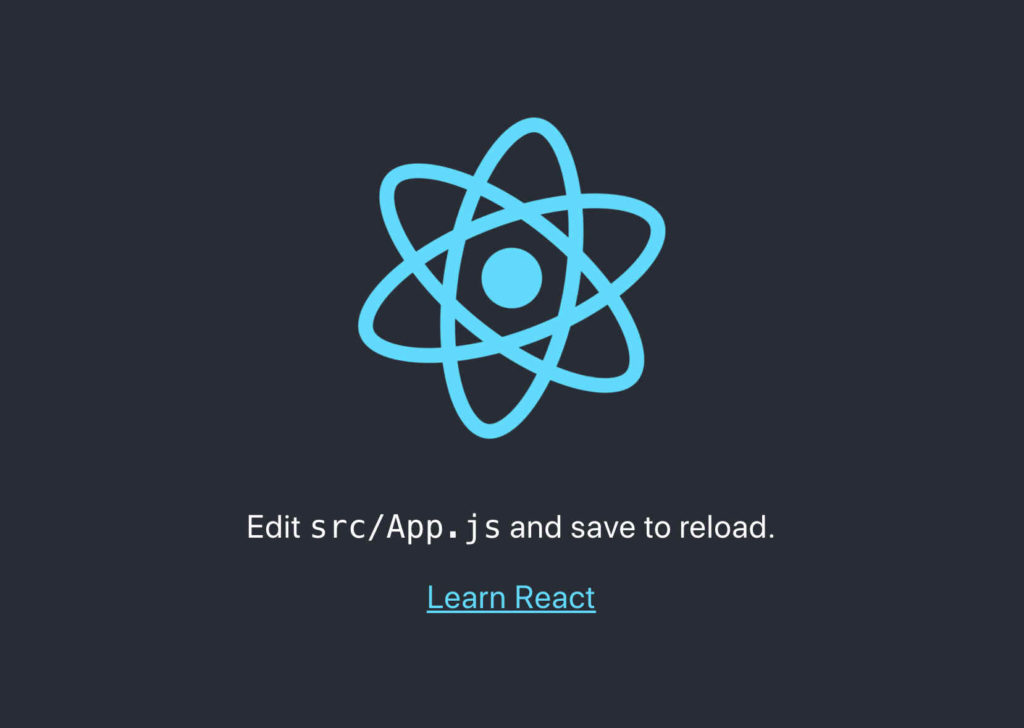Photo by Mike Petrucci on Unsplash
This is part 6 of my series on server-side rendering (SSR):
- 🤷🏻♂️ What is server-side rendering (SSR)?
- ✨ Creating A React App
- 🎨 Architecting a privacy-aware render server
- 🏗 Creating An Express Server
- 🖥 Our first server-side render
- [You are here] 🖍 Combining React Client and Render Server for SSR
- ⚡️ Static Router, Static Assets, Serving A Server-side Rendered Site
- 💧 Hydration and Server-side Rendering
- 🦟 Debugging and fixing hydration issues
- 🛑 React Hydration Error Indicator
- 🧑🏾🎨 Render Gateway: A Multi-use Render Server
Here we are at last? Finally, a server-side rendered application? We shall see1. After making a simple client-side React application and talking about, building, and extending a server-side rendering (SSR) architecture, we can do the work of combining the two.
Last time we took our simple express server and got it to return an HTML page that included some actual rendered React. It was not particularly flashy, but it did prove out the concept. So, what now? Well, we need to somehow have our server-side code render our client-side code.
🥣 Combining the server and client
Currently, these are two separate projects. One, our client-side app, is using JSX; the other, our server-side app, does not know what JSX is. To combine them, we need to either teach the server about JSX or incorporate a built version of the client app.
My personal preference is to keep the server as unaware of the client-side specifics as possible. This has the advantage that in the long term, the server might even need to know that it is rendering React at all. However, before we resort to that, let's try to compromise a little for the sake of keeping things simple.
Incorporating our client app into our server app is not quite so simple as just copying the code over. Our server needs to understand it. Thankfully, it only needs to understand how to turn JSX into regular JS, so we can add our own Babel configuration for that. Since the client app is in its own Git repository, we can import a version of it via commit SHA. However, we do need the production build of the template, which creates a problem since we cannot build the client application in the server repository; it has developer dependencies that won't be fulfilled in the server project.
The traditional way to resolve that would be to publish the client app as a package in a package repository. That way the built template would be a part of the package for us to include. Of course, we are not going to do that; it's far more work than I want to do right now. Instead, what we will do is have both packages co-exist in the same repository as siblings. The server can then easily invoke commands on the client application if it so requires in order to ensure access to the client production assets. This allows both server and client to exist on their own while still allowing for the integration we seek2.
To get the server able to compile the JSX files, I ran the following commands, added the given Babel config file, and modified our package.json scripts to add babel-watch to the start command so that we can edit code and auto-transpile and restart3. With these changes, I then updated the index.js server file to replace our previous hack of using React.createElement with some actual JSX.
yarn add --dev @babel/cli @babel/core @babel/proposal-plugin-class-properties @babel/preset-env @babel/preset-react
{
"name": "hello-react-world-ssr",
"version": "0.0.1",
"description": "A server-side rendering server",
"main": "index.js",
"license": "MIT",
"dependencies": {
"express": "^4.17.1",
"react": "^16.12.0",
"react-dom": "^16.12.0"
},
"scripts": {
"start": "NODE_ENV=development babel-watch index.js"
},
"devDependencies": {
"@babel/cli": "^7.8.4",
"@babel/core": "^7.8.4",
"@babel/plugin-proposal-class-properties": "^7.8.3",
"@babel/preset-env": "^7.8.4",
"@babel/preset-react": "^7.8.3",
"babel-watch": "^7.0.0"
}
}
const express = require("express");
const React = require("react");
const {renderToString} = require("react-dom/server");
const {getPageTemplate} = require("./get-page-template.js");
const port = 3000;
const app = express();
const pageTemplate = getPageTemplate();
const renderPage = (reactComponent) => {
const renderedComponent = renderToString(reactComponent);
return pageTemplate.replace('<div id="root"></div>', `<div id="root">${renderedComponent}</div>`);
};
app.get("/*", (req, res) => res.send(
renderPage(<div>Hello World!</div>),
));
app.listen(port, () => console.log(`Example app listening on port ${port}!`));
Running yarn start demonstrates that this updated code is working, so our final step is to incorporate our actual App component. This is as simple as importing the App component and then replacing the <div>Hello World!</div> with <App />. Great! yarn start again.
Sadly, this immediately results in an error when the App component tries to import the SVG logo. To work around this, we can extend Node's require to support the SVG extension (while we're at it, we also have to do this for the CSS imports).
const fs = require("fs");
const requireText = function (module, filename) {
module.exports = fs.readFileSync(filename, 'utf8');
};
require.extensions[".svg"] = requireText
require.extensions[".css"] = requireText;
Now when we yarn start, things appear to be all right. However, if we navigate to localhost:3000, instead of any part of our app, we get an error:
Error: Invariant failed: Browser history needs a DOM
at invariant (/hello-react-world/client/node_modules/tiny-invariant/dist/tiny-invariant.cjs.js:13:11)
at Object.createBrowserHistory (/hello-react-world/client/node_modules/history/cjs/history.js:273:16)
at new BrowserRouter (/hello-react-world/client/node_modules/react-router-dom/modules/BrowserRouter.js:11:13)
at processChild (/hello-react-world/server/node_modules/react-dom/cjs/react-dom-server.node.development.js:3159:14)
at resolve (/hello-react-world/server/node_modules/react-dom/cjs/react-dom-server.node.development.js:3124:5)
at ReactDOMServerRenderer.render (/hello-react-world/server/node_modules/react-dom/cjs/react-dom-server.node.development.js:3598:22)
at ReactDOMServerRenderer.read (/hello-react-world/server/node_modules/react-dom/cjs/react-dom-server.node.development.js:3536:29)
at renderToString (/hello-react-world/server/node_modules/react-dom/cjs/react-dom-server.node.development.js:4245:27)
at renderPage (/hello-react-world/server/index.js:14:31)
at app.get (/hello-react-world/server/index.js:19:5)
Oh noes! Indeed, we forgot that our app currently renders inside a BrowserRouter component and we don't have a browser with history on our render server. Of course, we could fake one, but there is no need as React Router already has us covered with StaticRouter. However, in order to use that, we're going to need to change our client-side component a little to accommodate our server expectations.
Next time, we will introduce the StaticRouter, and see that it leads to more things that we must address to get our application working the way we want. Until then, please question, comment, and discuss. The aim of this whole series is to learn more about how we can leverage SSR. That means we will continue to get messy with doing things the hard way and build an appreciation for the easy way we hopefully uncover. 🕵🏻♂️







